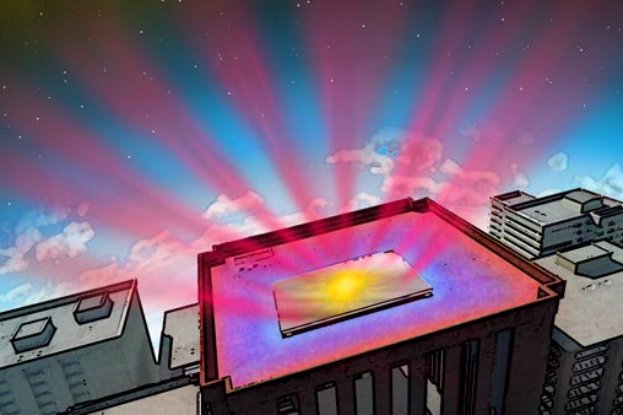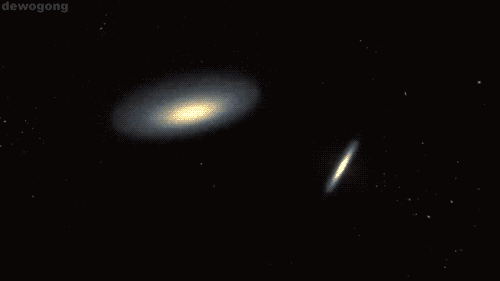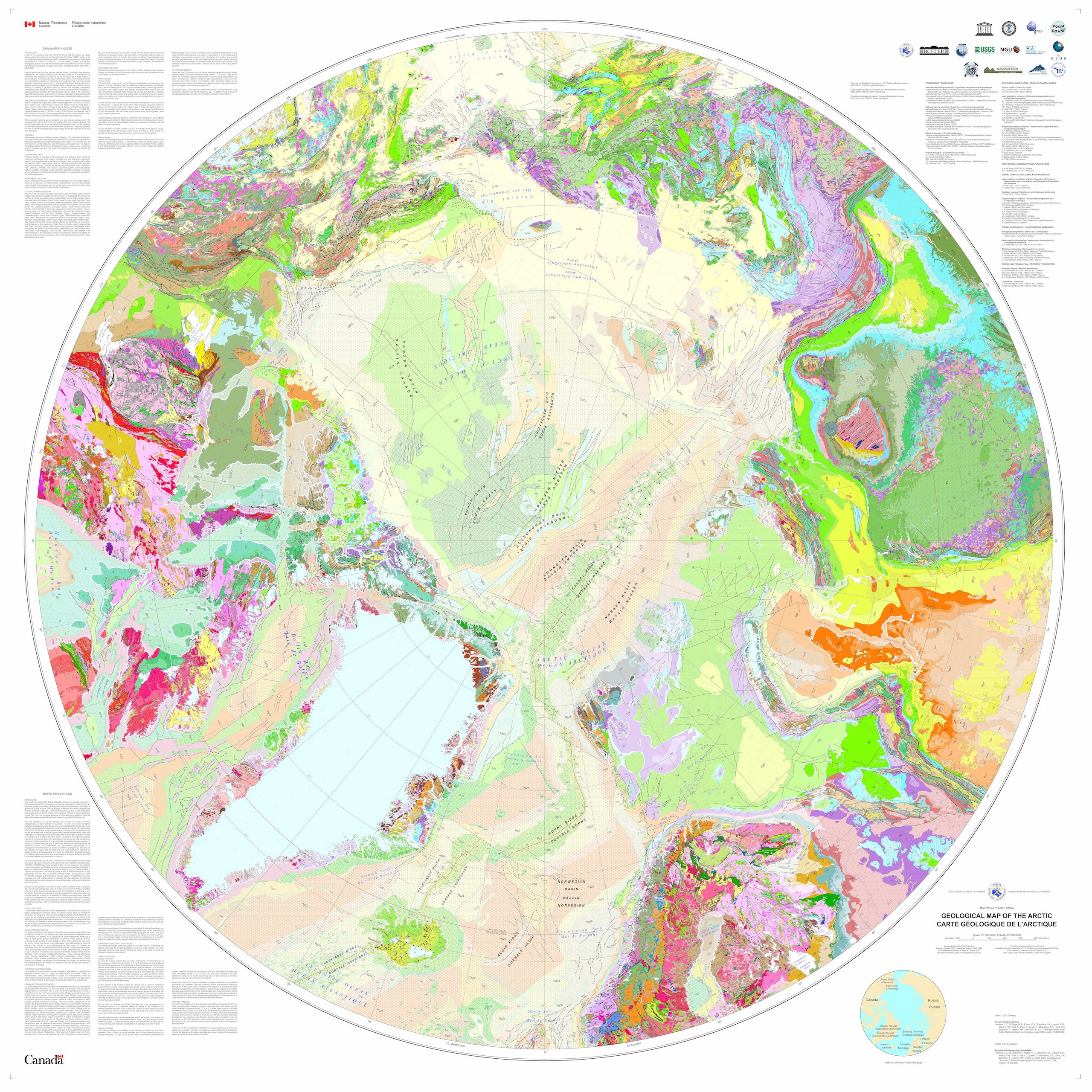Science Of The Day
- Started
- Last post
- 322 Responses
- ESKEMA0
Gene that boosts 3% to 6% IQ found.
http://www.economist.com/news/sc…
- i_monk0
- Awesome, except holy light pollution.cannonball1978
- until the gypsies steal themDillinger
- Maybe less light pollution if less overhead lights are required.ETM
- ********0
- yurimon0
- This is only a hypothesis.
http://en.wikipedia.…organicgrid
- This is only a hypothesis.
- moldero0
'New material uses the cold darkness of the Universe to cool your house'
Engineers from Stanford University in the US have created a material that keeps your house cool by beaming heat back into the “cold darkness of the Universe”.The material reflects sunlight, just like a regular mirror, but most importantly, it also beams heat from inside a building straight into outer space. This means that it lowers the temperature of anything that’s it’s placed on by up to five degrees, even if it’s sitting in direct sunlight - and all without electricity.
The material works using a phenomenon called radiative cooling, which is a way of passively transferring heat from one place to somewhere cooler. The phenomenon already happens all the time - our body emits heat into the cooler air around us, and if it’s cold outside, our house will lose heat to the atmosphere.
But of course, this doesn’t help you much if you’re trying to keep your house cool on a day when the outside air is hotter than your home - instead we rely on electricity-intensive methods of keeping things cool. Right now in the US, 15 percent of the country’s electricity is used on air conditioning.
Now, however, the Stanford team has found a way to transfer the heat from our homes to a place that’s always cold - the Universe. The material is described in the current issue of Nature.
Outside of Earth’s atmosphere, the Universe has an average temperature of just under thee Kelvin (-270 degrees Celsius), which means that it pretty much absorbs all the heat we can possibly pump into it. To take advantage of this, the engineers made a material that first absorbs heat and then sends it directly into outer space, bypassing our atmosphere altogether.
That required finding a wavelength that wouldn’t be absorbed by our atmosphere and would make its way straight into outer space - it turns out infrared light with a wavelength between 8 and 13 micrometres does just that.
The researchers then made a structure that absorbs heat from its surroundings and is tuned to only radiate it out at these specific wavelengths. In the illustration above, it's shown reflecting regular sunlight (yellow) and also beaming heat out at this specific wavelength (red).
This “cosmic fridge”, as the team calls it, is made up of seven sheets of silicon dioxide and hafnium oxide on top of a thin layer of silver. In total it’s only 1.8 microns thick, and can be produced en masse in existing facilities, according to the researchers.
This means that it’s a technology we could pretty much put into use straight away.
The only remaining issue to overcome at the moment is how to get the heat from inside a building through the exterior walls and into the new material, so that it can beamed into outer space.
If we can work that out, and manage to produce this material cheaply and quickly, it could drastically change the way we cool our homes and result in huge energy demand reductions. It can also help to cool off-grid properties and improve quality of life in developing areas.
- yurimon0
“The most fundamental aspect of the universe... is information. Information can be equated with thought or mind or mental constructs independent of any material everyday conception.... The universe of mass and energy and forces, as we experience it on an everyday practical level, may have had its origin in a thought that inserted information into an otherwise blank (data free) holographic system.... Inserting more thoughts, more information, expands and changes the system...”5
- eddie murphy gifmoldero
- "Can," "may," "equated with" is all a way of saying nothing. This is just illogical connections for a ridiculous conclusionmonospaced
- i_monk0
- I used to love doing this in Universe Sandbox - so sad seeing all the stars that get flung into the absolute abyss of spacedetritus
- ..spacedetritus
- wesa gonna die!!moldero
- I plan to stick around for thishotroddy
- Curious if this would even effect life on earth (if still there) except for providing a new set of constellations.wagshaft
- Most likely not. Solar systems tend to stay intact as stars are so far apart even durin a collision like this.monospaced
- < yes. I've read that there would be very few star collisions at all.sarahfailin
- < read that too, its not as much stars colliding then 900 trillion meteor orbits getting messed withmoldero
- humans wont make it that long anywaymoldero
- i_monk0
"Curious if this would even effect life on earth (if still there) except for providing a new set of constellations." – wagshaft
Earth will cease to exist one or two billion years before the Milky Way-Andromeda collision. Our sun will be a Red Giant by then, and Earth (and Venus and Mercury) will have been absorbed.
- < bullshit. The earth will certainly exist when the sun is a red dwarf. So fucking stupid.monospaced
- ;)monospaced
- I can't tell if you're retarded or not.
http://en.wikipedia.…i_monk











